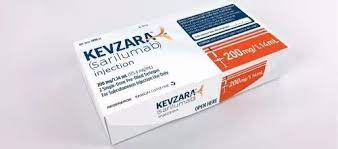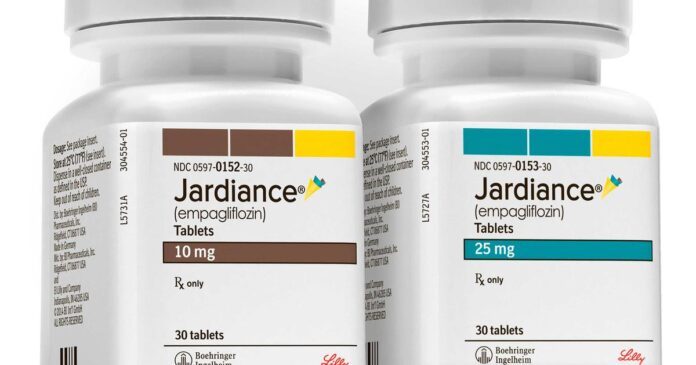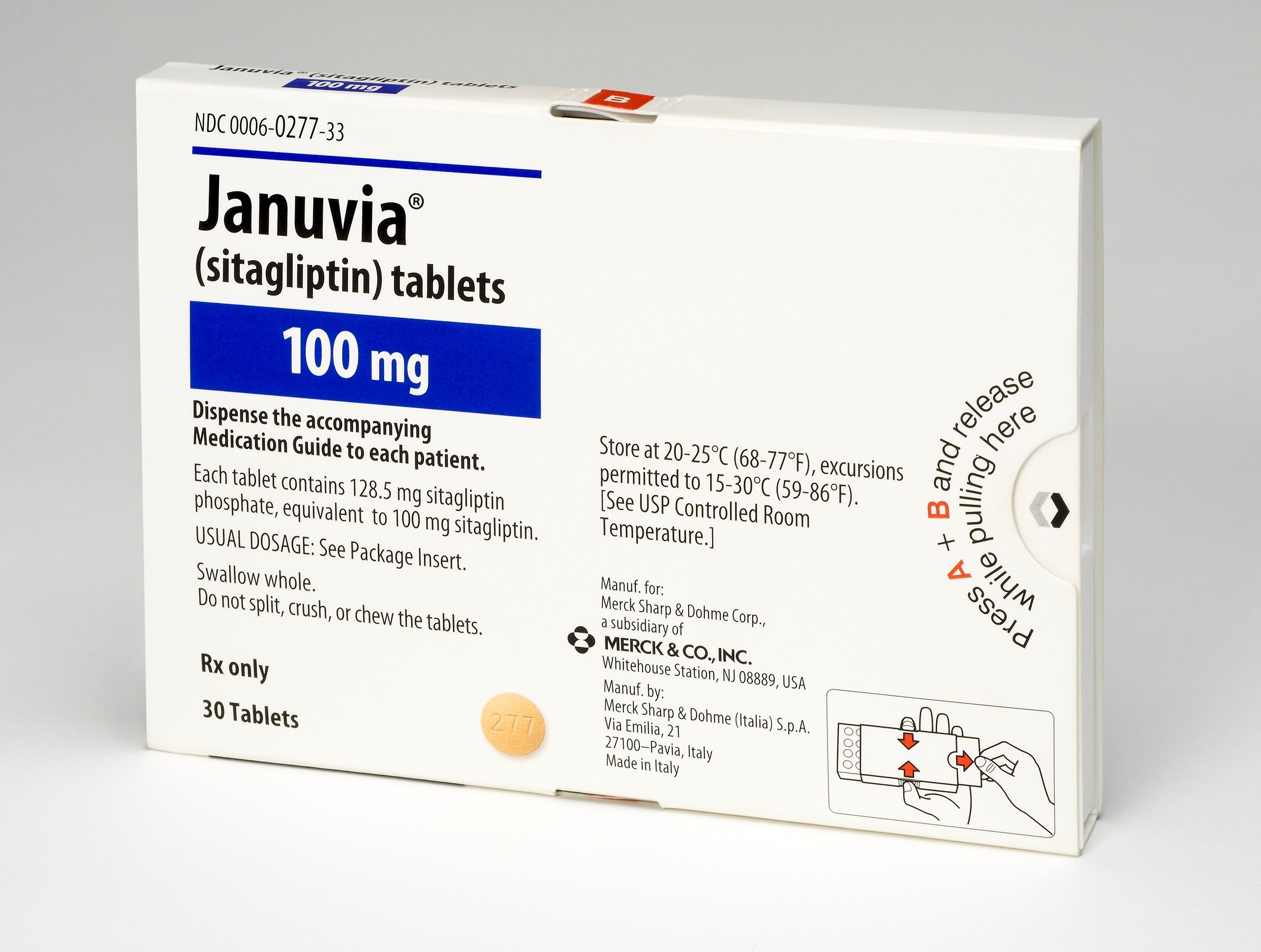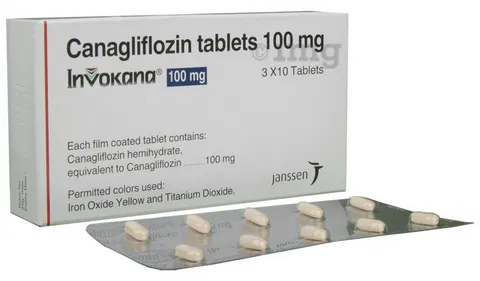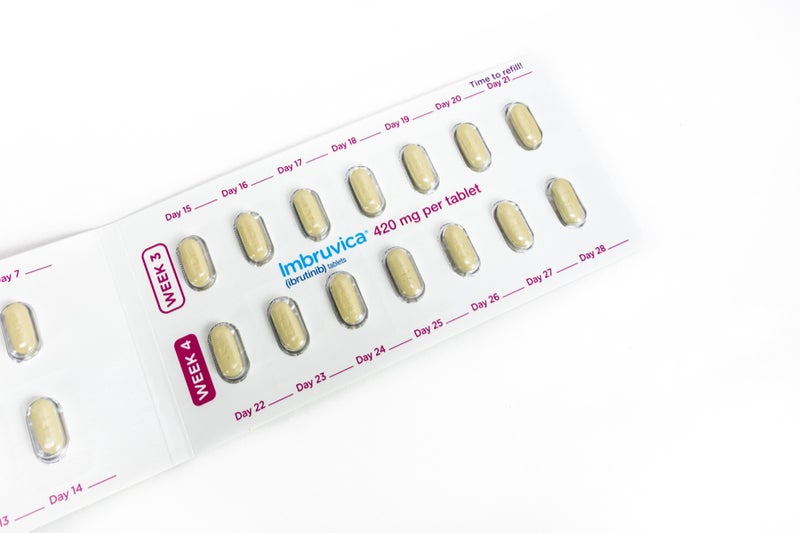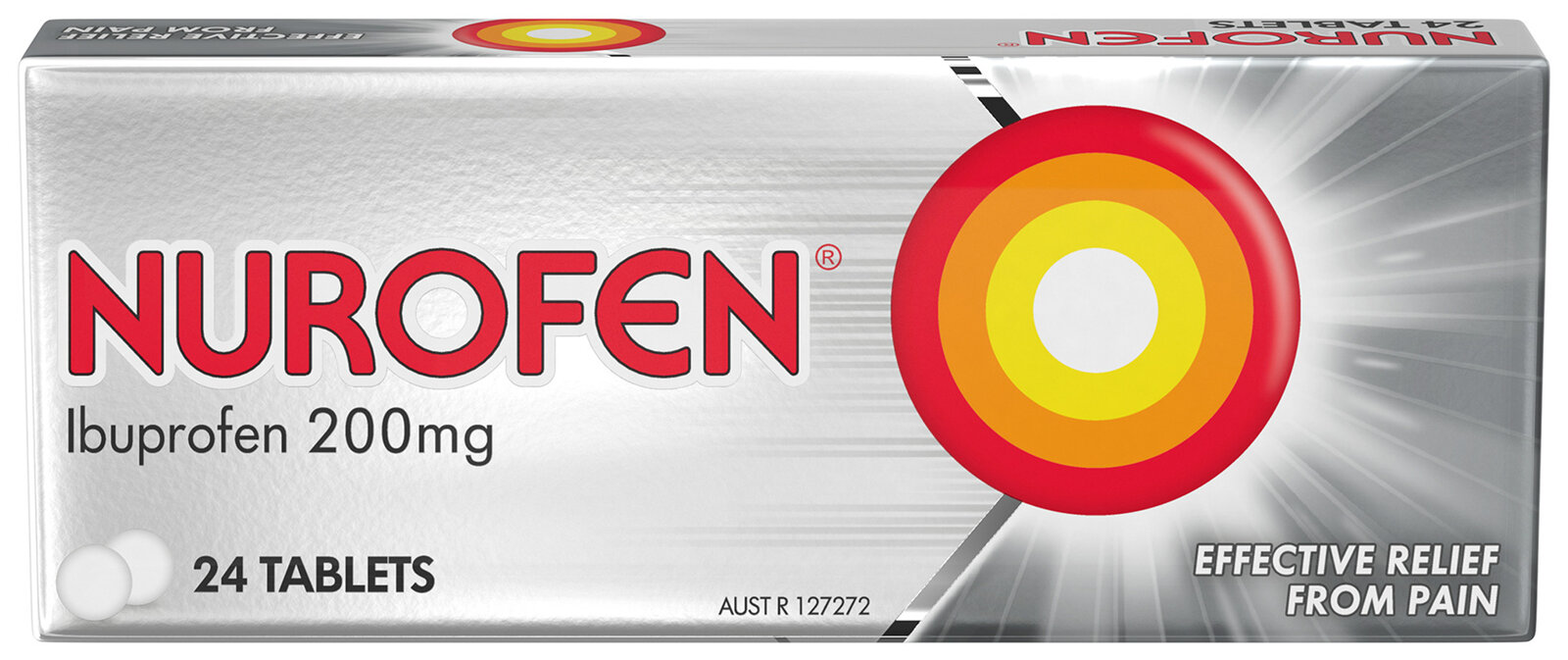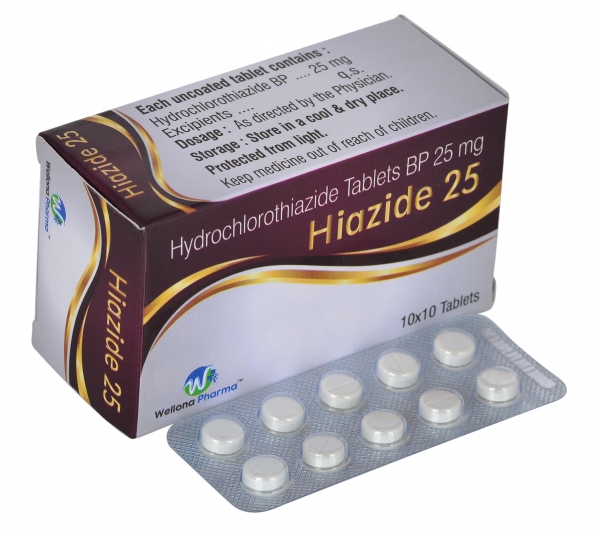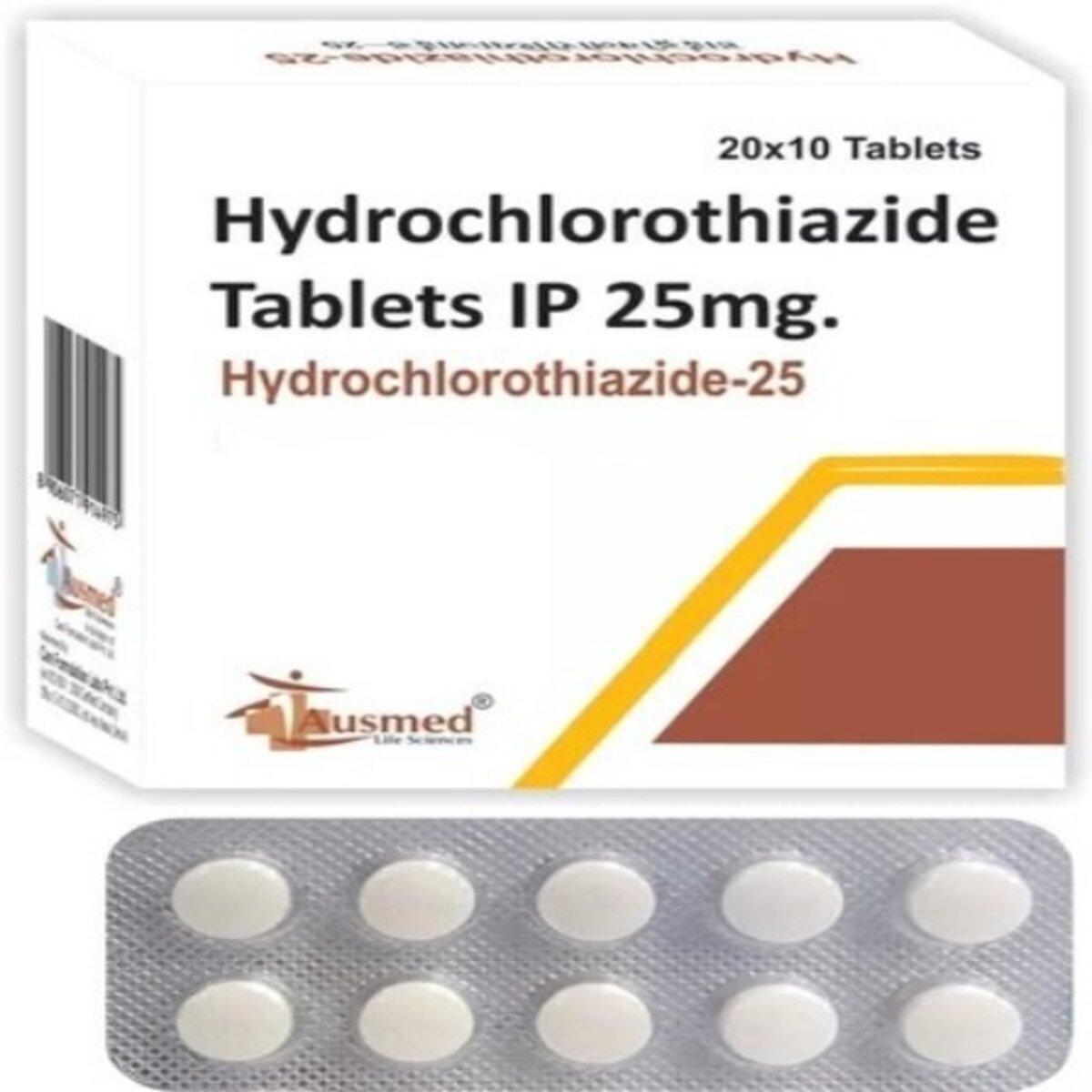Aspirin is a commonly used medication that belongs to the class of drugs known as nonsteroidal anti-inflammatory drugs (NSAIDs). Here’s information about its uses, benefits, common symptoms, and potential side effects: Aspirin Tablet Uses Benefits and Symptoms Side Effects

Uses and Benefits of Aspirin:
- Pain Relief: Aspirin is commonly used to relieve mild to moderate pain, including headache, toothache, menstrual cramps, muscle aches, and joint pain.
- Anti-inflammatory Effects: Aspirin helps reduce inflammation in conditions such as arthritis, sprains, strains, and other injuries.
- Fever Reduction: Aspirin can be used to lower fever associated with infections or other causes.
- Blood Thinning: Aspirin has an antiplatelet effect, which means it can help prevent the formation of blood clots. It is often used for preventing cardiovascular events, such as heart attacks or strokes, in individuals at high risk.
Common Symptoms and Side Effects of Aspirin:
- Gastrointestinal Symptoms: Aspirin can cause gastrointestinal symptoms such as stomach pain, indigestion, heartburn, nausea, vomiting, or diarrhea. Taking aspirin with food or adjusting the dosage may help manage these symptoms. Aspirin can also increase the risk of stomach ulcers and gastrointestinal bleeding, especially with long-term or high-dose use.
- Allergic Reactions: In rare cases, aspirin can cause allergic reactions characterized by symptoms such as rash, itching, swelling, or difficulty breathing. Seek immediate medical attention if you experience any signs of an allergic reaction.
- Increased Bleeding: Aspirin can increase the risk of bleeding, especially if taken in high doses or for prolonged periods. It’s important to inform your healthcare provider if you have any bleeding disorders or are taking other medications that can increase the risk of bleeding.
- Reye’s Syndrome (in Children and Adolescents): Aspirin should not be given to children and adolescents who have or are recovering from viral infections (such as the flu or chickenpox) due to the risk of developing Reye’s syndrome, a rare but serious condition affecting the liver and brain.
- Ringing in the Ears (Tinnitus): Some individuals may experience tinnitus, a ringing or buzzing sound in the ears, as a side effect of aspirin.
- Asthma Exacerbation: Individuals with asthma may experience worsened symptoms or an asthma attack triggered by aspirin or other NSAIDs. If you have asthma, inform your healthcare provider before taking aspirin.
It’s important to take
aspirin as directed by the instructions on the package or as prescribed by your healthcare professional. Avoid exceeding the recommended dosage or duration of use without medical supervision.
Inform your healthcare
provider about any pre-existing medical conditions, medications, or supplements you are taking, as they can interact with aspirin. If you have any concerns or experience troubling side effects while taking aspirin, consult with your healthcare provider for further evaluation and guidance.
Aspirin Tablet Uses Benefits and Symptoms Side Effects Aspirin Tablet in hindi Aspirin Tablet in hindi


